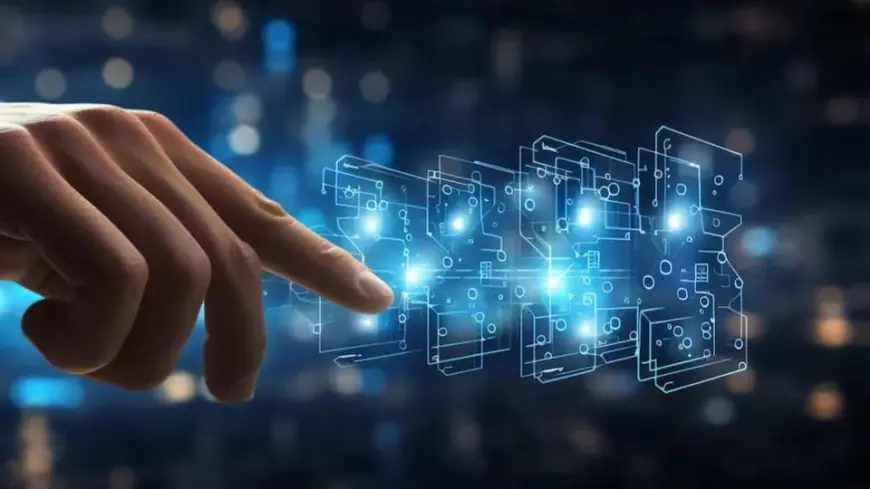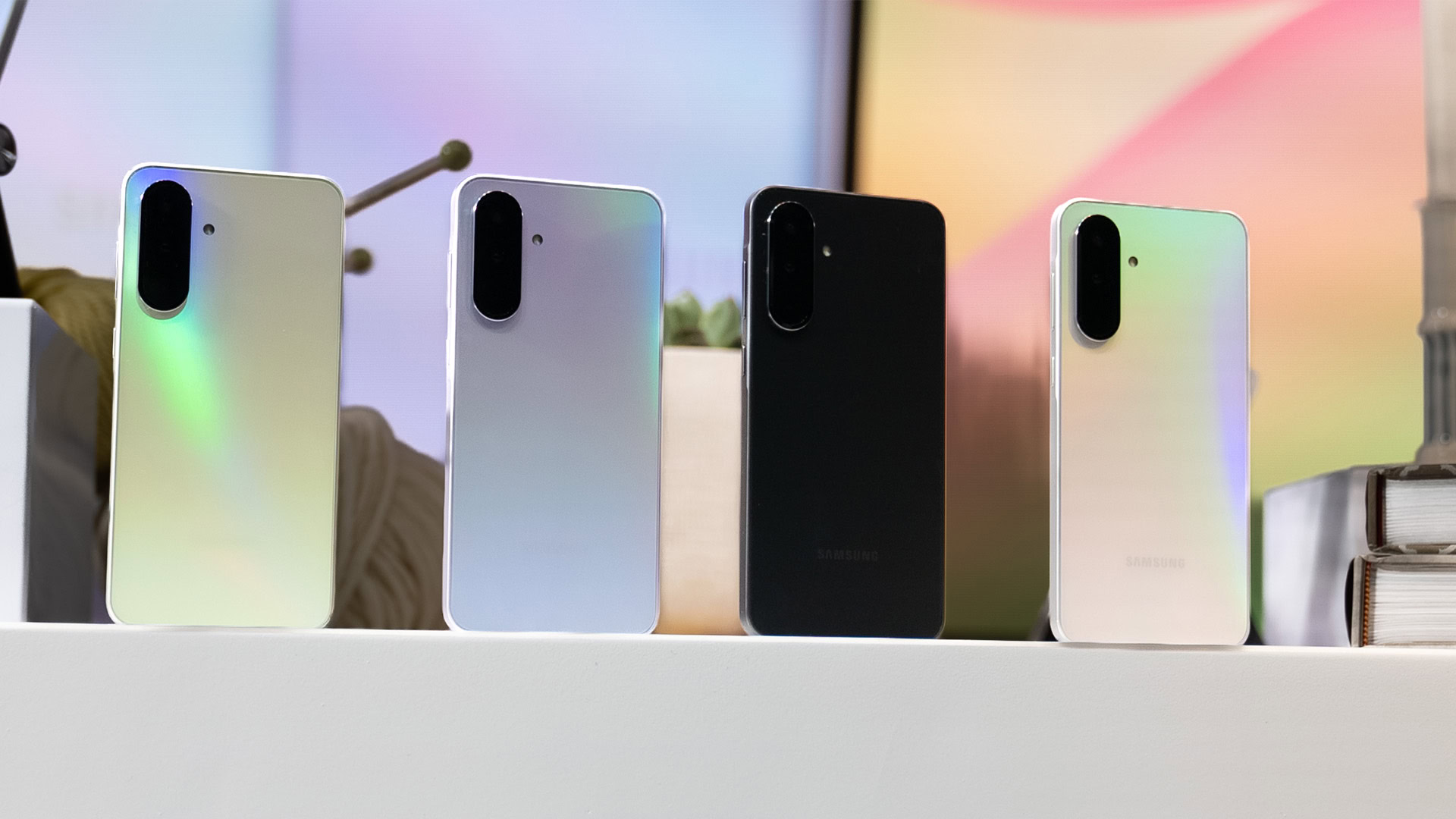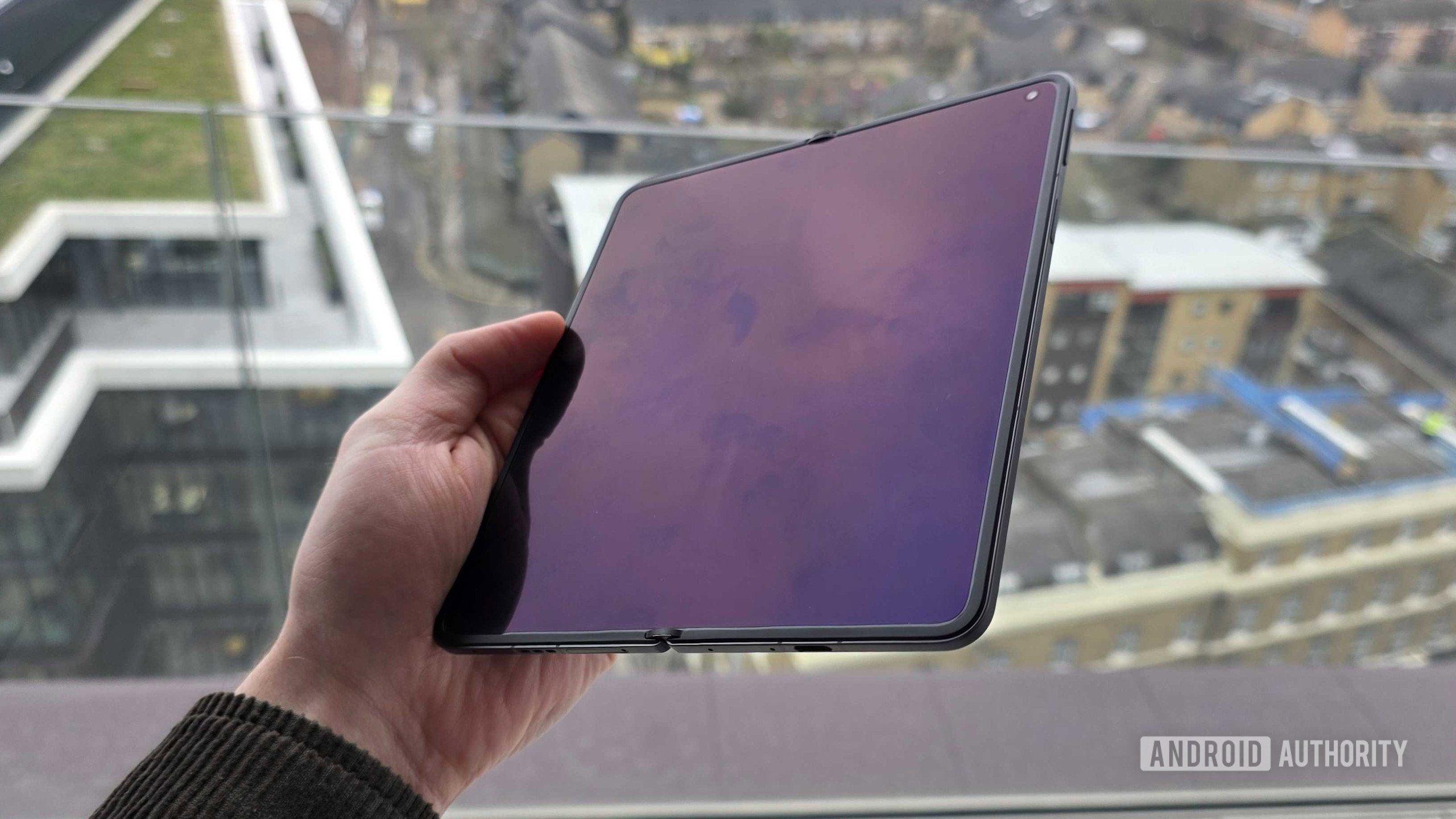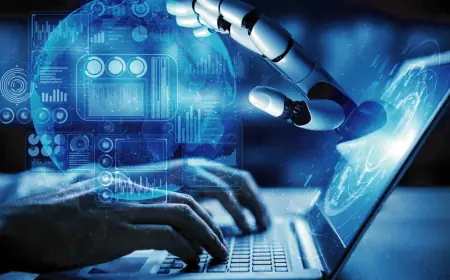Revolutionizing Human-Computer Interaction with AI and Gesture Recognition
AI-driven gesture control is transforming human-computer interaction, enhancing gaming, healthcare, and smart homes with intuitive, touch-free technology.

The rapid progress of artificial intelligence (AI) is reshaping human-computer interaction, moving beyond traditional touchscreens and keyboards. AI-powered gesture control is revolutionizing how we engage with technology, making interactions more intuitive, accessible, and efficient. From gaming and healthcare to automotive and smart home applications, AI-driven gesture recognition is set to redefine multiple industries.
The Evolution of Gesture Control
Gesture control technology has advanced significantly from its early days of simple motion detection. Initially developed for gaming and virtual reality, it has since expanded into sectors like automotive, healthcare, industrial automation, and smart home systems. The integration of AI has dramatically improved accuracy, enabling systems to interpret complex hand movements, facial expressions, and body gestures with remarkable precision.
How AI Enhances Gesture Control
AI-driven gesture control systems rely on machine learning (ML) and computer vision to process real-time gestures. These systems utilize deep learning algorithms to analyze extensive datasets of human movements, refining their accuracy over time. Neural networks play a crucial role in distinguishing intentional gestures from random motion, ensuring a seamless user experience.
Key AI technologies that power gesture control include:
Computer Vision: Allows devices to process and understand visual inputs from cameras and sensors.
Natural Language Processing (NLP): When combined with gesture recognition, NLP enables multimodal interactions, allowing users to communicate through both speech and gestures.
Sensor Fusion: Integrates data from various sensors (e.g., infrared, LiDAR, accelerometers) to improve recognition and response accuracy.
Real-World Applications of AI and Gesture Control
Gaming and Virtual Reality (VR)
Gesture control has revolutionized the gaming industry, providing immersive experiences with AI-driven motion tracking. VR applications leverage AI to recognize intricate hand movements, seamlessly bridging the gap between the virtual and physical worlds.
Smart Home and IoT
AI-powered gesture control enhances smart home automation by offering a more intuitive user experience. With a simple wave of a hand, users can adjust lighting, control entertainment systems, or manage smart appliances effortlessly.
The future of AI and gesture control looks promising, with continuous improvements in machine learning algorithms, sensor technology, and human-computer interaction models. As AI becomes more sophisticated, gesture control will become more intuitive and widespread across industries. To stay informed about the latest trends in AI-tech and Gesture Control, visit AI-Tech Park.
To Know More, Visit @ https://ai-techpark.com/ai/gesture-control/
What's Your Reaction?
 Like
0
Like
0
 Dislike
0
Dislike
0
 Love
0
Love
0
 Funny
0
Funny
0
 Angry
0
Angry
0
 Sad
0
Sad
0
 Wow
0
Wow
0

















































